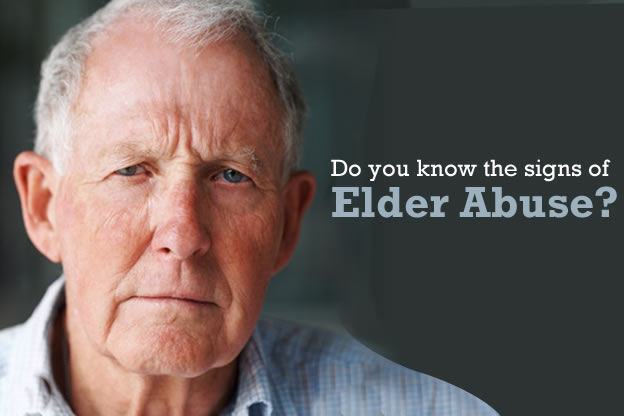Misuse of medication can be a subtle form of abuse in aged care as it can go unnoticed easily. Staff can intentionally withhold medication and lie about why it was not given, give incorrect doses or repeat unnecessary scripts, however, there are ways to help prevent abuse surrounding medication.
The National Association of Health Authorities model for drugs and medicines within nursing homes suggests authorised pharmacists make inspections to nursing homes at least two times a year. During this visit they would inspect the methods used in the home for storing and recording drugs and ensure their tallies add up with drugs given and destroyed. This independent pharmacist also has the authority to question patients about their medications and the pharmacists who supply them (Goergen 2001, p.81)
When general practitioners visit their patients in nursing homes, they should have current records of medications so they have double check what medication is available. The nursing homes drug chart should be compared with the doctor’s records and any issues should be worked out. Changes to medications should be noted on the nursing homes side and the doctor’s side. Keeping records on the doctor’s notes and the nursing homes charts adds another level of protection for the elderly as discrepancies will be easier to pick up (Goergen 2001, p.81).
The drugs kept in the nursing homes should be patient based not stock based. This means that the pharmacists only deliver right number of drugs for the right number of patients at one time rather than a stockpile of each type of drug. This is much easier to keep track of as the drug records in the nursing home are written up by patient rather than by drug. As each dose of drug is given it is signed off and a count of doses left are kept which allow the staff to order more as required (Goergen 2001, p.83)
These are just a few ways in which safe handling of medication can be achieved, it is important to remember the more scrutiny nursing homes receive over issues surrounding their care, the less likely we are to see elder abuse occur. We can see this in Australia in recent years with the Aged Care Commission investigating the safety surrounding nursing homes.
Goergen, T 2001, Stress, Conflict, Elder Abuse and Neglect in German Nursing Homes: A Pilot Study Among Professional Caregivers. Journal of Elder Abuse & Neglect 13:1, pages 1-26.


